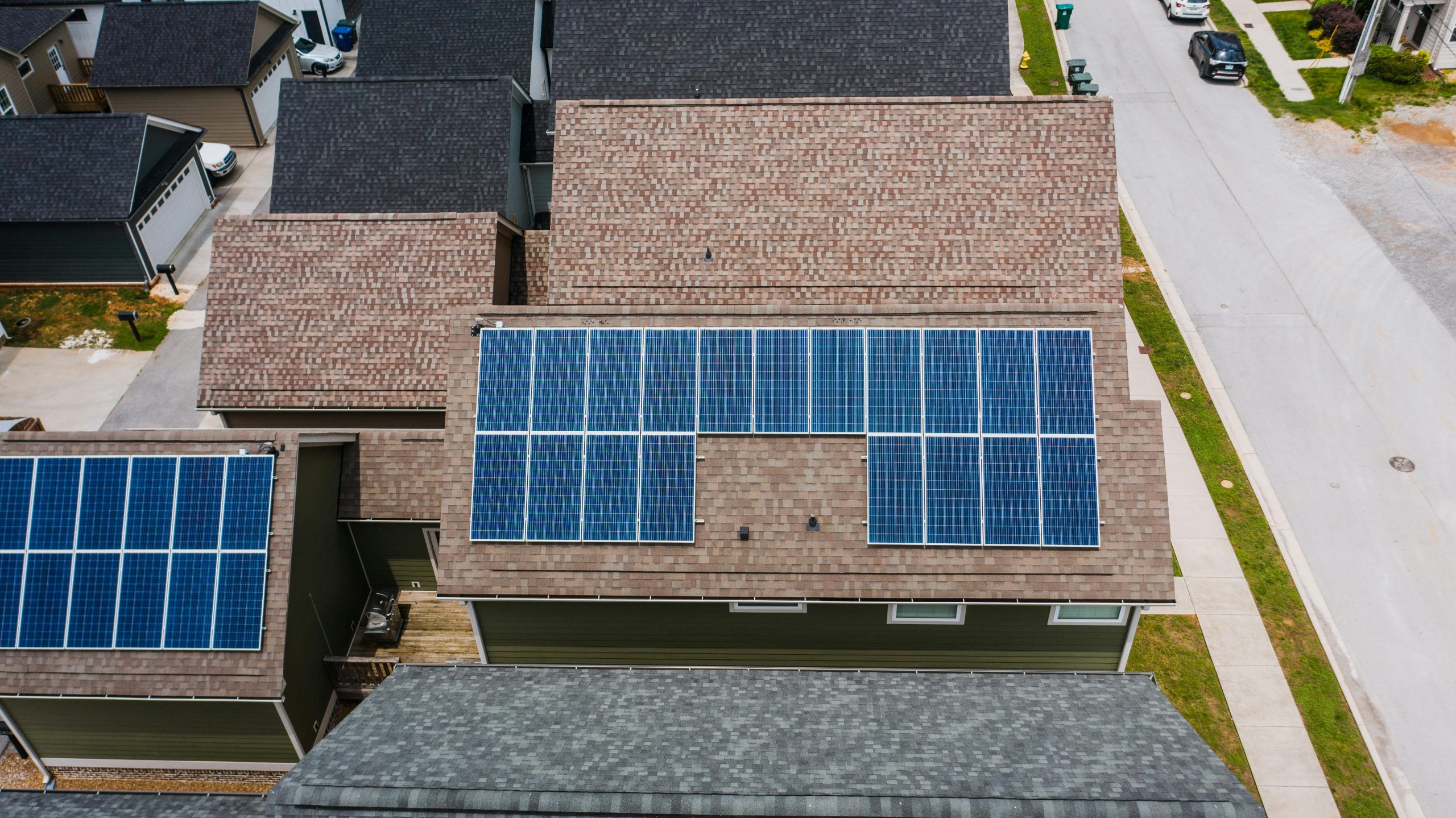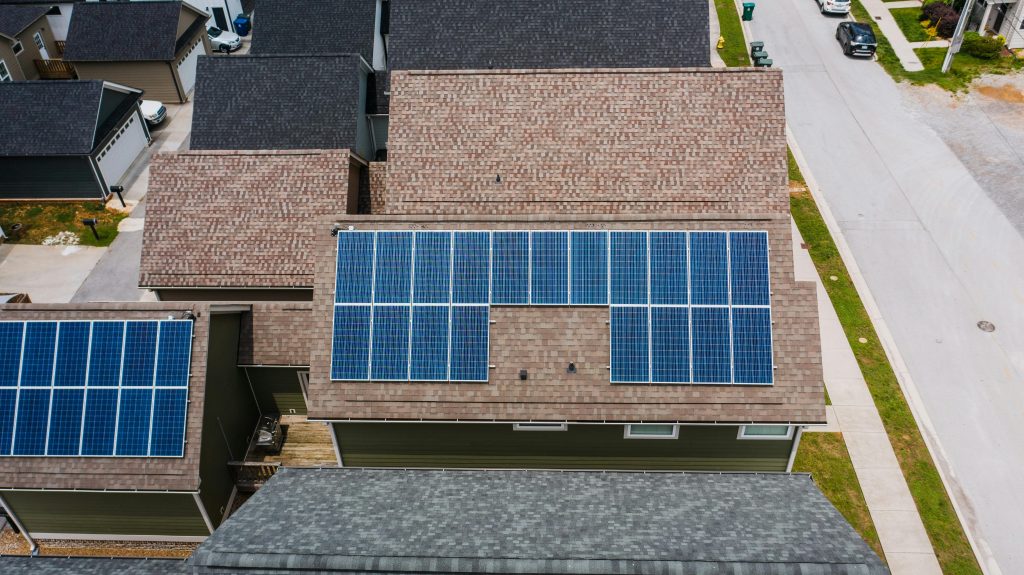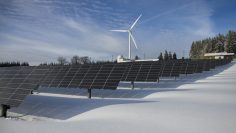
EVs & Energy Storage: A Powerful Partnership for a Sustainable Transportation Future
Importance of Energy Storage Systems
In today’s world, where sustainable practices are becoming increasingly crucial, energy storage systems (ESS) play a vital role. These systems store energy for later use to maximize the electricity produced by renewable energy sources like solar and wind. For example, ESS can store excess solar power generated during sunny days and make it available at night or when the weather is cloudy, effectively balancing supply and demand. This stored energy can be used when renewable sources fall short, providing a continuous and reliable power supply.
Moreover, as the global push for decarbonization amplifies, the role of energy storage systems becomes even more critical. These systems help bridge the gap between fluctuating renewable energy outputs and consistent energy demands. With ESS, integrating renewable resources would be more efficient, limiting the true potential of green energy solutions.

How ESS Supports Renewable Energy
Using ESS significantly improves the integration of renewable energy. Systems that store energy during high production times and release it during low production times mitigate this issue. ESSS not only improves grid stability but also maximizes the use of renewable energy, reducing reliance on fossil fuels. With ESS in place, solar farms and wind turbines can operate at optimal capacity without fearing wastage during high production periods.
Using ESS also enables grid operators to manage and predict energy flows better. This flexibility ensures that renewable energy can be dispatched during peak times, reducing the need for peaker plants that typically rely on fossil fuels. As a result, the overall carbon footprint of energy production is significantly reduced, aligning with global environmental goals.
Benefits of Using Energy Storage Systems
Energy storage solutions have many advantages beyond just renewable energy integration. One of the primary benefits is grid stability. ESS can alleviate strain on the grid by holding energy during periods of low demand and releasing it during periods of high demand. It results in fewer blackouts and a more reliable power supply, ensuring that businesses and homes have a consistent and uninterrupted flow of electricity.
- Cost Savings: By utilizing stored energy during peak hours, consumers can reduce their monthly electricity expenditures when electricity prices are higher. Over time, there may be significant savings from this time-shifting of energy consumption, which also helps to lower energy expenses. Both residential and commercial customers can profit financially from having an ESS as time-of-use charging becomes more common.
- Energy Independence: ESS allows individuals and businesses to become less reliant on the grid, creating a more resilient power supply system. This independence is particularly beneficial in remote areas or places prone to frequent power outages. A reliable backup allows users to maintain operations even during grid failures.
- Environmental Impact: Reduced reliance on fossil fuels lowers greenhouse gas emissions, creating a healthier environment. As more renewable energy gets integrated with the help of ESS, the overall carbon emissions from energy production decrease, promoting sustainable living and helping combat climate change.
Types of Energy Storage Systems
Various energy storage systems are designed for specific applications and needs. The most common types include:
- Batteries: Lithium-ion batteries are the most popular due to their high efficiency and energy density. They are commonly used in residential, commercial, and utility-scale applications. Their scalability and declining costs make them a preferred choice for many ESS installations.
- Flywheels: Utilize rotational energy to store electricity and are known for their long lifespan and quick response times. They are suitable for applications requiring high power output and frequent cycling. Flywheels can provide instantaneous power, making them ideal for stabilizing grid fluctuations.
- Pumped Hydro: involves raising the water’s elevation and then releasing it to produce energy when needed. By far the most popular energy storage method, this technique has been used for decades. The long-duration energy release and large-scale pumped hydro storage capacity make it attractive.
- Thermal Storage: stores thermal energy that can produce electricity later. Systems like molten salt storage are used in concentrated solar power plants to retain heat and generate power during cloudy periods or at night. Thermal Storage is particularly effective for applications requiring heating and electricity.
Advancements in ESS Technology
Technology advancements are continuously enhancing the efficiency and affordability of energy storage systems. Solid-state batteries are one battery technological advancement that offers safer operations and increased energy density. Due to these advancements, the efficiency and accessibility of ESS are anticipated to rise.
Moreover, integration with innovative grid technologies and artificial intelligence is set to optimize the operation and management of ESS. Predictive analytics can forecast energy demand and supply, ensuring that the storage systems are used most effectively. This intelligent management contributes to cost savings, extended battery life, and enhanced energy reliability.
Conclusion
Energy storage systems are indispensable for a sustainable and resilient energy future. One of the main components of the contemporary energy infrastructure is its capacity to store and release energy as needed. Energy storage system adoption is anticipated to speed up as technology advances, reduce costs, and enhance performance, opening the door to a more sustainable and dependable energy landscape.
In conclusion, embracing ESS technology supports renewable energy integration and offers numerous economic and environmental benefits. As we go towards a more sustainable future, energy storage devices will become an increasingly significant part of our energy landscape.










